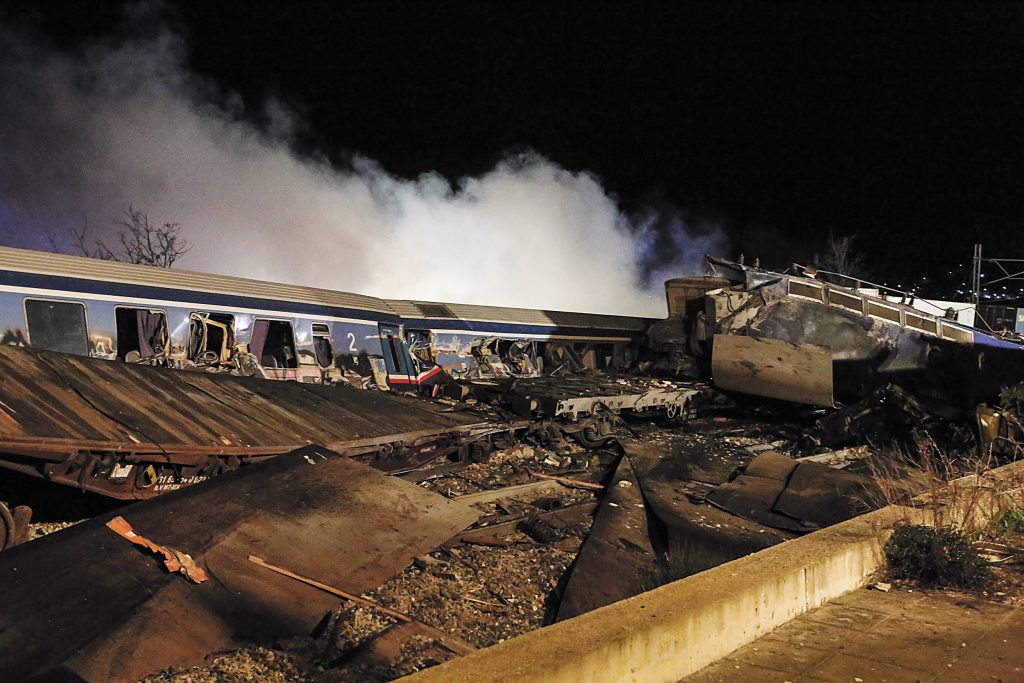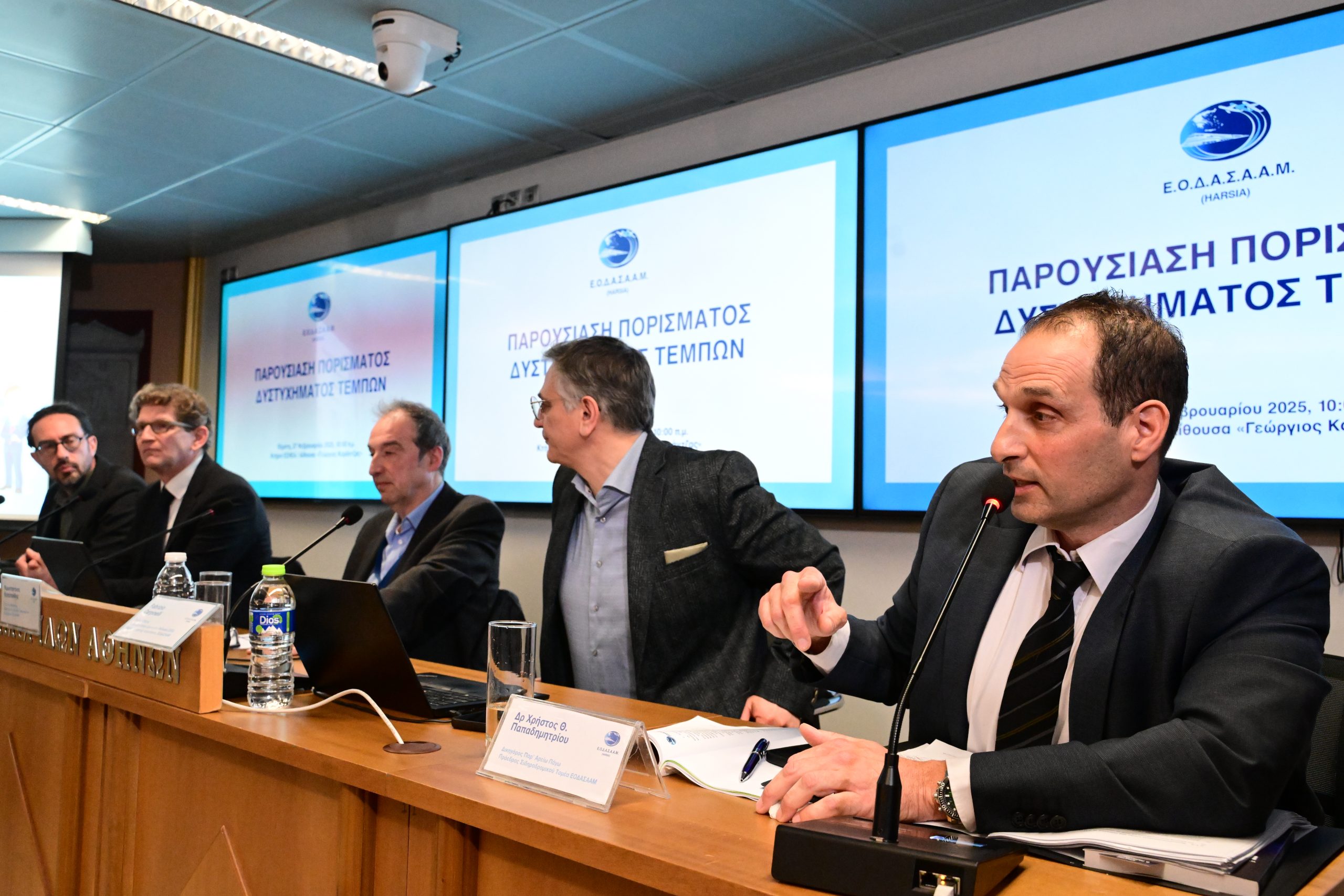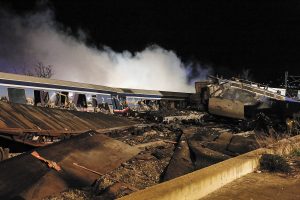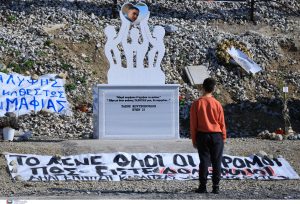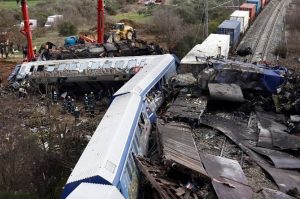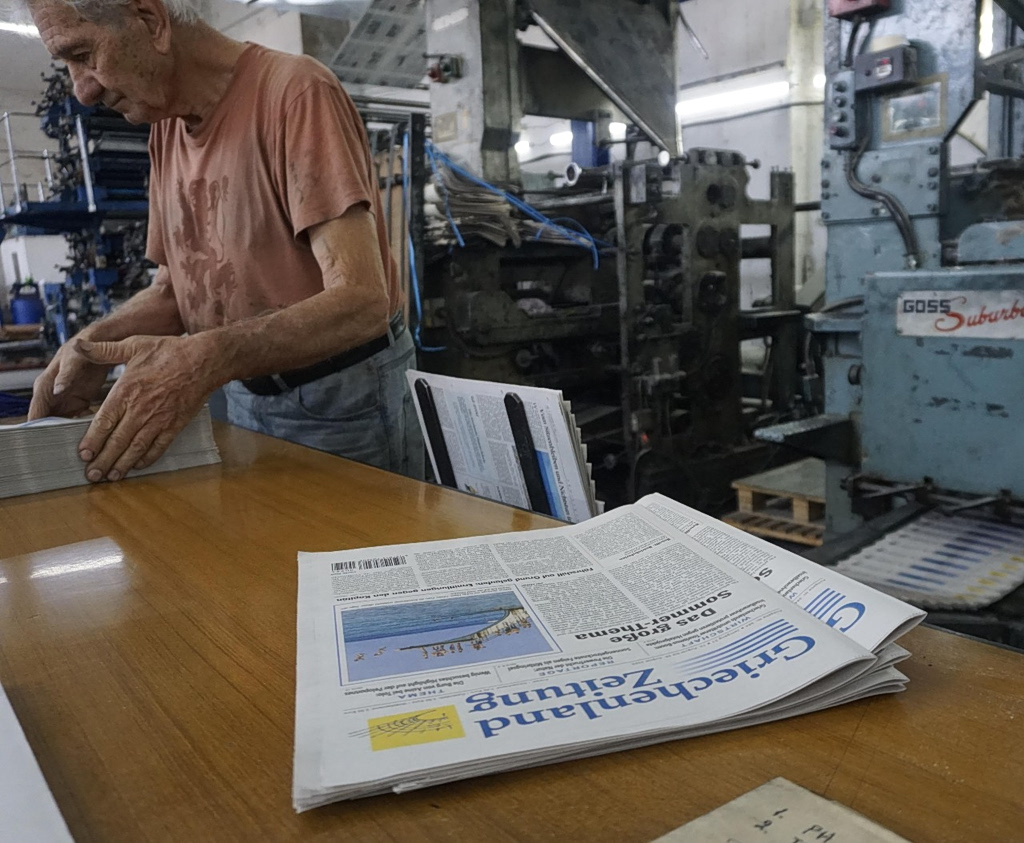“The long-standing abandonment of the railways by the governments and the memoranda” are the systemic factors to blame for the Tempi train crash, according to Christos Papadimitriou, President of the National Organization for the Investigation of Air and Rail Accidents and Transport Safety (EODASAAM).
On Thursday morning, the organization presented its long-awaited report on the Tempi train crash, and Papadimitriou, Attorney and President of the body’s Railway Sector, delivered his opening statement on the investigation into the tragic rail accident in Tempi. He highlighted critical shortcomings in Greece’s rail accident investigation framework and systemic failures leading up to the disaster.
“On the night of the accident, the organization was non-existent,” Papadimitriou stated, referring to EODASAAM.
While Directive 49 required EU Member States to establish such a body by 2004, Greece failed to do so. Though the National Organization for the Investigation of Air and Rail Accidents and Transport Safety was established in 2008, it never became operational.
EODASAAM itself was formally established in January 2023, just a month before the Tempi accident, but at that time, it had no management or investigators in place. Its leadership was only appointed on September 18, 2023. Following discussions with the European Union Transport Commissioner, the EODASAAM Railway Sector President requested investigative support from other EU Member States. However, only the European Union Agency for Railways responded, sending two experts to assist.
The investigation team was formed in March 2024. Papadimitriou stated that the investigation committee operated independently.
He noted that because the body did not exist at the time of the crash, they were not able to conduct a complete investigation. “Failure to preserve the crash site resulted in the loss of valuable evidence,” Papadimitriou stated, underscoring the disorganized response following the accident.
Papadimitriou also highlighted the broader issues contributing to the accident. He focused specifically on contract 717, a 2014 agreement ERGOSE (the Greek railway infrastructure company) and contractor companies ΤΟΜΗ – Alstom. It aimed to upgrade the signaling and remote control system along the Athens–Thessaloniki–Promachonas railway line. The contract had a budget of €41 million and was supposed to be completed within two years. However, despite eight extensions and a supplementary contract, the project remained unfinished by the time of the tragic Tempi train accident.
“If the 717 contract had been completed, the accident would not have happened in 2016,” Papadimitriou stated. “It is also the fault of the long-standing abandonment of the railways by the governments and the memoranda that have stripped OSE of critical personnel.”
The National Organization for the Investigation of Air and Rail Accidents and Transport Safety’s report details specifically what went wrong and what was missing that led to the collision.
